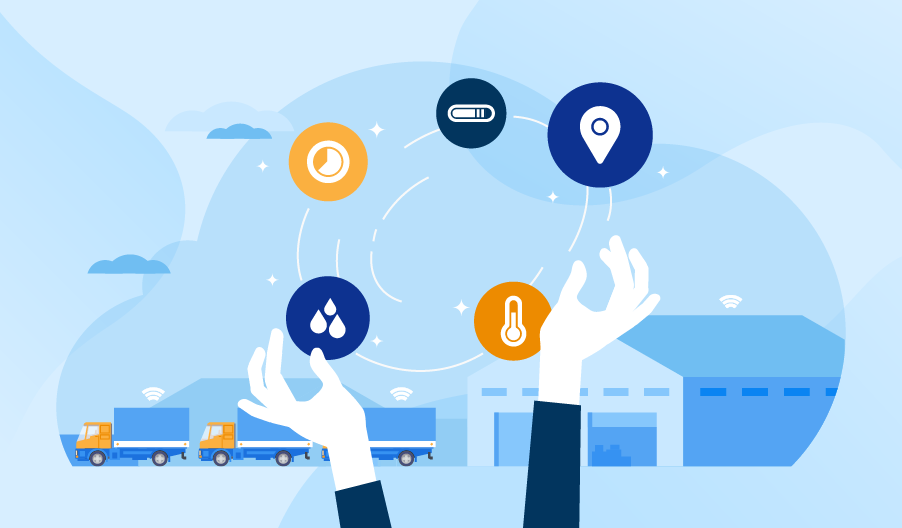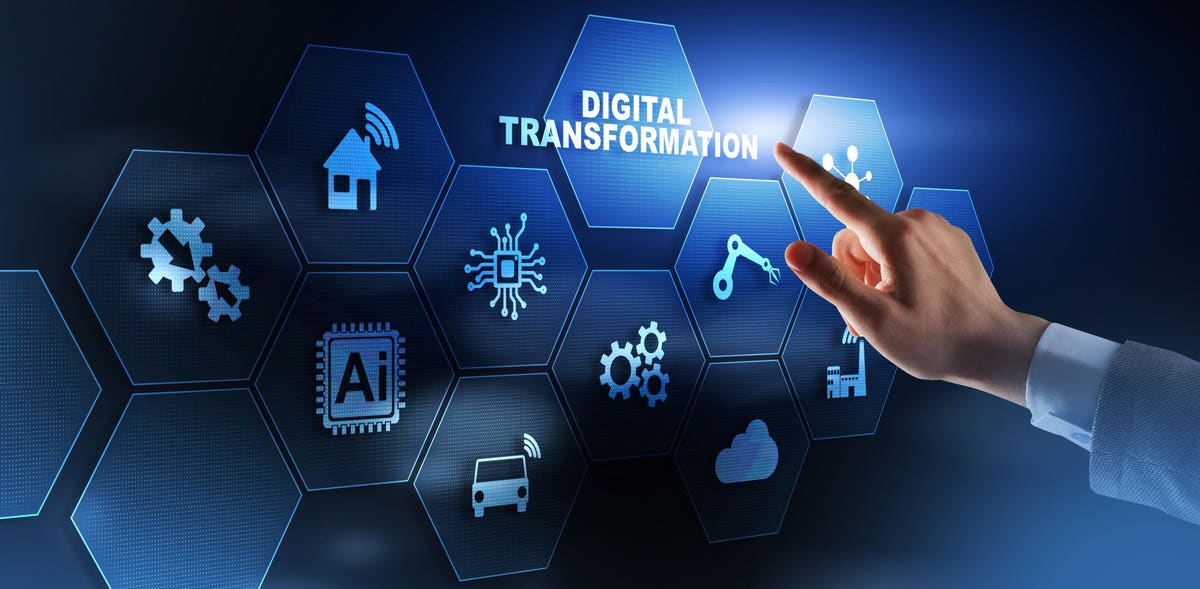Modernizing your supply chain is no longer a luxury but a necessity in today’s fast-paced business environment. With technological advancements and shifting consumer expectations, businesses must adapt to stay competitive. This guide will provide you with the essential strategies and insights to transform it into a streamlined, efficient, and future-proof operation.
Understanding the Need

Understanding the need for modernization is the first step toward achieving a more resilient and efficient supply chain.
Evolving Market Dynamics
The market landscape is rapidly changing, driven by globalization, e-commerce, and fluctuating consumer demands. Businesses must adapt to these evolving dynamics to remain competitive. Modernization involves integrating advanced technologies and innovative strategies to meet these new challenges.
By embracing market changes, companies can better predict consumer behavior, manage inventory more effectively, and reduce lead times.
Integrating technologies such as parcel tracking software further enhances this capability by providing real-time visibility into shipments and deliveries. This proactive approach ensures that businesses are not only reactive to changes but are also prepared to leverage new opportunities.
Technological Advancements

Innovations such as artificial intelligence, machine learning, and the Internet of Things (IoT) are revolutionizing how it operate. These technologies enable better data collection, real-time tracking, and predictive analytics.
Integrating these technologies into it can significantly enhance visibility and decision-making. For instance, AI can optimize route planning, reducing transportation costs and improving delivery times. IoT devices can monitor the condition of goods in transit, ensuring quality and compliance.
Sustainability and Ethical Practices
Consumers and stakeholders are increasingly demanding transparency, sustainability, and ethical practices from businesses. Modernizing it involves adopting sustainable practices and ensuring ethical sourcing of materials.
Sustainability in the supply chain can be achieved through various means, such as reducing carbon footprints, minimizing waste, and using eco-friendly packaging. These practices not only appeal to environmentally conscious consumers but also reduce operational costs in the long run.
Key Strategies for Supply Chain Modernization
Implementing the right strategies is crucial for a successful supply chain transformation. Here are some key strategies to consider.
Embracing Digital Transformation

Digital transformation is the cornerstone of modern supply chains. It involves adopting digital technologies to enhance processes, improve efficiency, and gain a competitive edge.
The first step in digital transformation is to assess your current systems and identify areas for improvement. This may involve upgrading legacy systems, integrating new software, and training employees on digital tools. The goal is to create a cohesive digital ecosystem that supports all aspects of the supply chain.
Enhancing Collaboration and Communication

Effective collaboration and communication are essential for a modern supply chain. This involves breaking down silos between departments and fostering a culture of cooperation.
Implementing integrated communication platforms can facilitate real-time information sharing and collaboration. These platforms can connect suppliers, manufacturers, and retailers, ensuring everyone is on the same page. This reduces delays, minimizes errors, and improves overall efficiency.
Conclusion
By understanding the need for modernization, embracing digital transformation, enhancing collaboration, and leveraging automation, you can create a resilient and efficient supply chain. Implementing these strategies will not only improve your operational efficiency but also position your business for long-term success.







